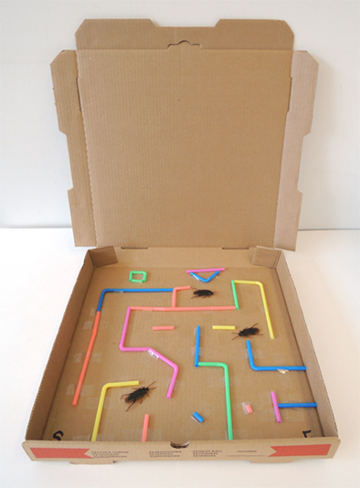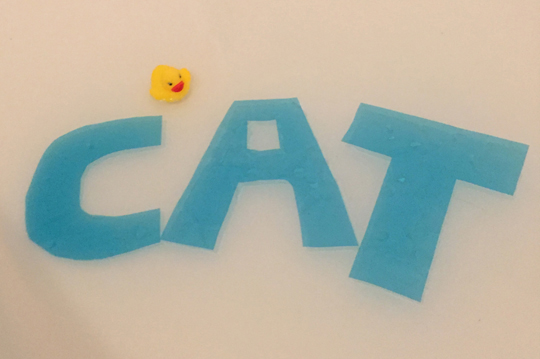
Get kids C-L-E-A-N with this simple alphabet activity for your bathtub. Rubber ducky not included, but you shoud T-O-T-A-L-L-Y get one!
You’ll need:
- Cellophane
- Scissors
- Bathtub or tub of water
The concept of this project is simple. Cut a bunch of alpahbet letters out of cellophane, then float them in the tub during your next bathtime. Gently moving the different letters around, you can spell CAT, RAT, BAT, MAT or whatever combination you would like to try!
And if you try SUPERCALIFRAGILISTICEXPIALIDOCIOUS, definitly send me a pic.
Cellophane is notoriously crinkly, so two hints: 1) Draw the letter template on a sheet of paper, lay the cellophane piece on top, then cut both; 2) If your desk scissors are tearing the cellophabe, use fabric scissors (seen below).
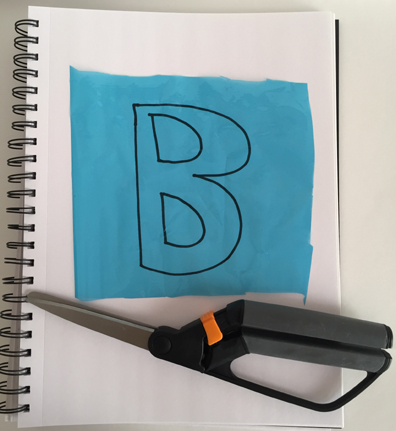
As you can see from the image that started this post, the cellophane floats easily on the water, sinking a bit as the bath progresses and the waters shift. However! I learned that not all cellophanes act like this!
I ordered some rainbow cello sheets from Amazon, wanting to use a fun assortment of colors for the letters. Well, I put them in tub and they just curled and melted like some sort of Wicked Witch of the West. And when I grabbed them, they stained the water AND my fingers pink! Noooooooooooo!
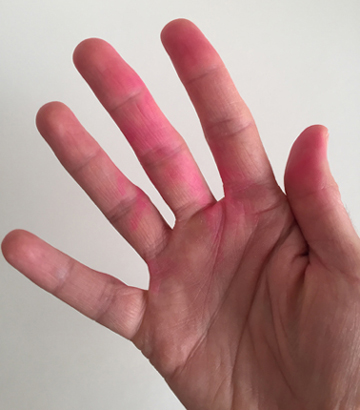
Luckily, I had another roll of blue cellophane in the house, purchased from Michael’s Craft store. Nervous, I laid the cellophane letters on the water…it worked! Floating, no curling, no staining! So if you want a pretty sure bet for this project, head to Michael’s to pick up some cellophane rolls. And test a sample of your cello before putting them in the tub with your child. This activity can also be done in a convinient dishtub or kiddie pool.
Happy splashing and spelling!


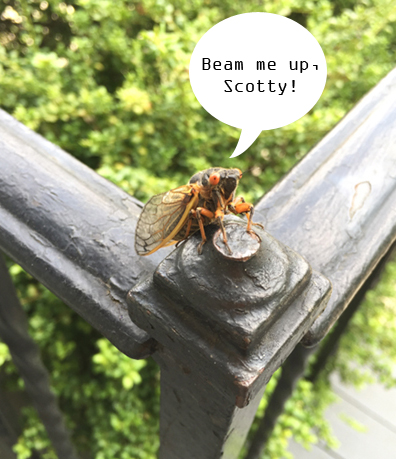 I don’t know about ya’ll, but the Brood X cicada noises sound like someone is trying to remateralize on my street via a Star Trek transporter. Every day. Alllll day. Very LOUDLY. Katie, feeling similarly inspired (or perhaps crazed), put together today’s blog post featuring cicada connections and some of our awesome bug story times and projects!. Take it away, Katie!
I don’t know about ya’ll, but the Brood X cicada noises sound like someone is trying to remateralize on my street via a Star Trek transporter. Every day. Alllll day. Very LOUDLY. Katie, feeling similarly inspired (or perhaps crazed), put together today’s blog post featuring cicada connections and some of our awesome bug story times and projects!. Take it away, Katie!
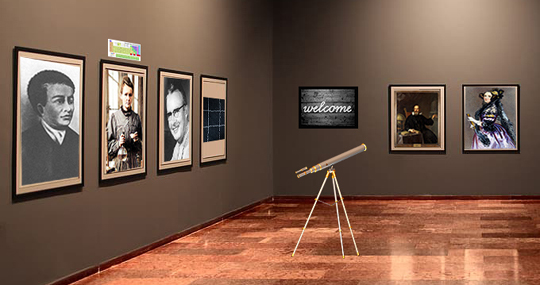

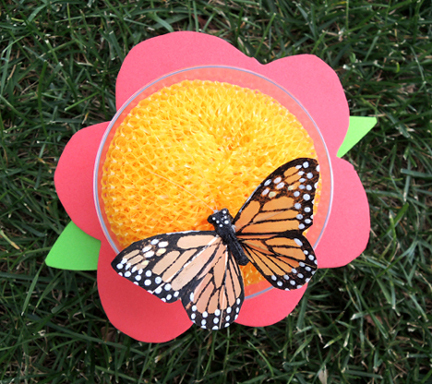
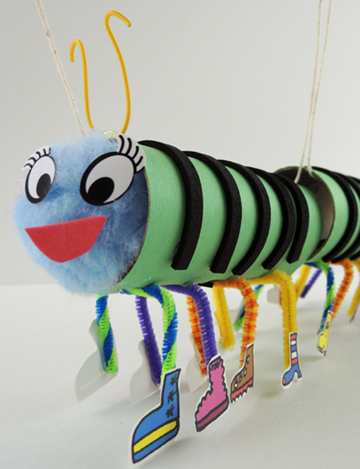 Budding young entomologists create a bug and tell our story time film crew about it
Budding young entomologists create a bug and tell our story time film crew about it 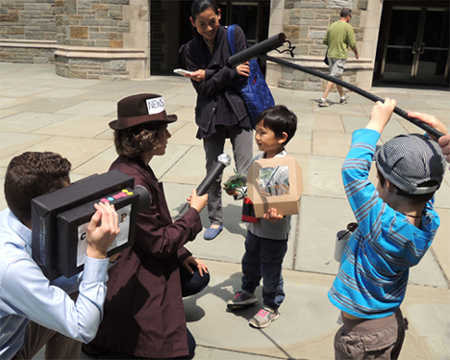
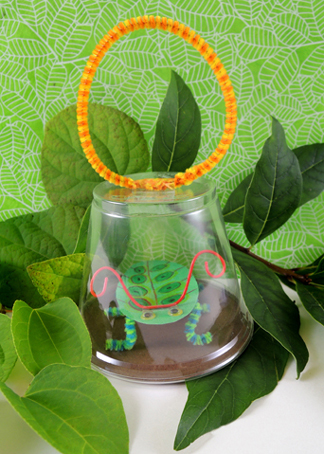 Annnnd a magnetic fake
Annnnd a magnetic fake 